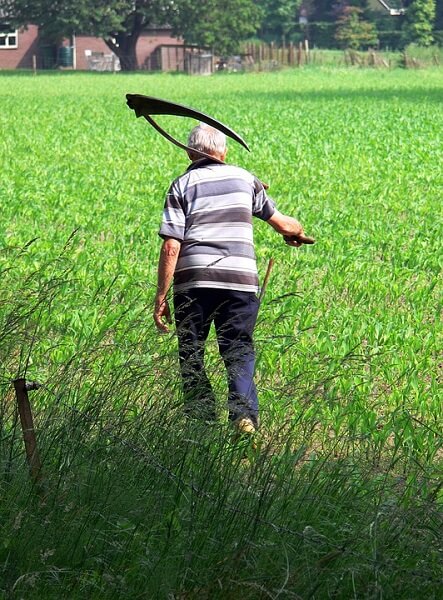 Literary Devices
Literary Devices
Literary Devices
Literary Devices

 Literary Devices
Literary Devices
Literary Devices
Literary Devices

Study the poem for one week.
Over the week:
Poets often use literary devices, defined as 'rules of thumb, convention, or structure that are employed in literature and storytelling.'
The nine literary devices we'll study include:
Personification is a literary device in which an inanimate object or an idea is given human qualities.
Activity 1: Recite Poem Information
Recite the title of the poem and the name of the poet.
Activity 2: Study the Poem Picture
Study the poem picture and describe how it relates to the poem. How does the image differ from the poem?

Activity 3: Recite the Poem
Practice reciting the poem aloud.
Activity 4: Identify Personification in the Examples
Read aloud the examples below and identify the object being personified.
Activity 5: Identify the Rhyme Scheme
Review the poem and identify the pattern of its rhyming scheme. (e.g. ABBACDCD, etc.)
Activity 6: Identify Personified Object(s)
Review the poem excerpts and identify anything personified.
Activity 7: Complete Book Activities
